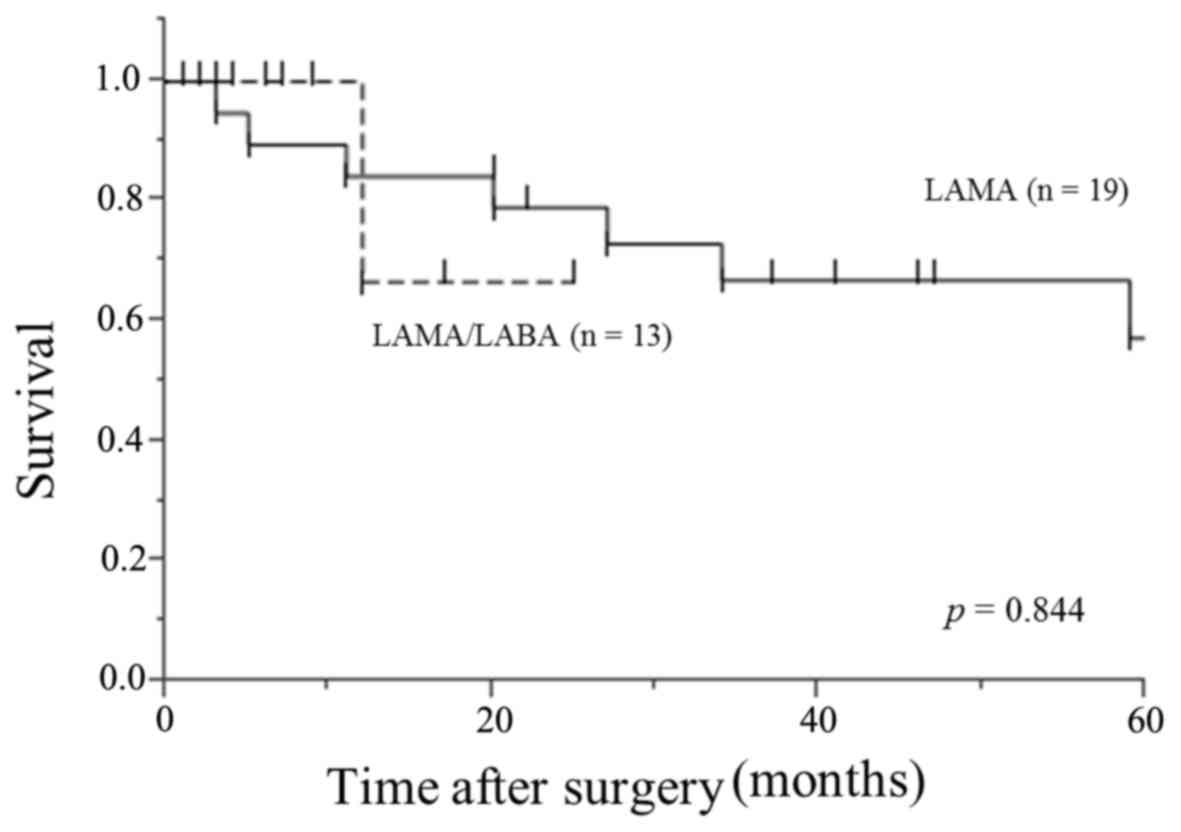
6 These co-morbidities interact to increase the risk of hospitalization and mortality in COPD patients, especially as the airway obstruction becomes more severe. The most widely recognized manifestations include the presence of concomitant cardiovascular disease, skeletal muscle dysfunction, osteoporosis, and clinical depression/anxiety. What is unclear at present is whether these manifestations are directly related to COPD or are just an independent consequence of the exposure to common causal effects such as tobacco smoking and inactivity. 5 Although mainly categorized by airflow limitation, in many patients the disease seems to be associated with several extra-pulmonary manifestations. 3 Frequent exacerbations are associated with more rapid decline of lung function 4 and are one of the greatest costs to the health economy, partly through hospital admissions, and partly through loss of work days. Acute exacerbations are defined by increased cough, dyspnea, or increased sputum purulence from baseline, 2 and punctuate the disease process with a deleterious impact on patients’ daily activities and well-being. In affected individuals lung function deteriorates progressively over several years, with increasing symptoms such as cough, sputum production, and dyspnoea. 1 COPD is associated with an enhanced chronic inflammatory response which is responsible for the airway abnormalities and architectural distortion of the lung parenchyma. 1ĬOPD is characterized by airflow limitation that is progressive and not fully reversible the latest severity categorization also includes exacerbation frequency and symptom burden as key features. 1 Globally the burden of disease is projected to increase in the coming decades due to continued exposure to COPD risk factors and an ageing population. It is currently the fourth leading cause of death worldwide and predicted to be the third by 2020. GOLD guidance: Global Initiative for Chronic Obstructive Lung Disease (GOLD 2008) Global strategy for the diagnosis, management, and prevention of chronic obstructive pulmonary disease.Chronic obstructive pulmonary disease (COPD) is a multi-component disease which is both preventable and treatable. European Respiratory Journal 23(6): 932–46. Stage 4 – Very severe (or FEV1 below 50% with respiratory failure)ĪTS/ERS guidance: Celli BR, MacNee W (2004) Standards for the diagnosis and treatment of patients with COPD: a summary of the ATS/ERS position paper. NICE guideline CG101 (2010) severity of airflow obstruction (post-broncho-dilator) GOLD 2008 severity of airflow obstruction (post-broncho-dilator) NICE guideline CG12 (2004) severity of airflow obstructionĪTS/ERS 2004 severity of airflow obstruction (post-broncho-dilator) Table 4 Gradation of severity of airflow obstruction Transfer factor for carbon monoxide (TLCO) To assess for alpha-1 antitrypsin deficiency if early onset, minimal smoking history or family history To assess suitability for lung volume reduction procedures To investigate abnormalities seen on a chest X-ray To investigate signs that may suggest another lung diagnosis (such as fibrosis or bronchiectasis)

To investigate symptoms that seem disproportionate to the spirometric impairment To assess cardiac status if cardiac disease or pulmonary hypertension are suspected See the NICE guideline on chronic heart failure in adults for recommendations on using serum natriuretic peptides to diagnose heart failure. A history of cardiovascular disease, hypertension or hypoxia orĬlinical signs such as tachycardia, oedema, cyanosis or features of cor pulmonale


 0 kommentar(er)
0 kommentar(er)
